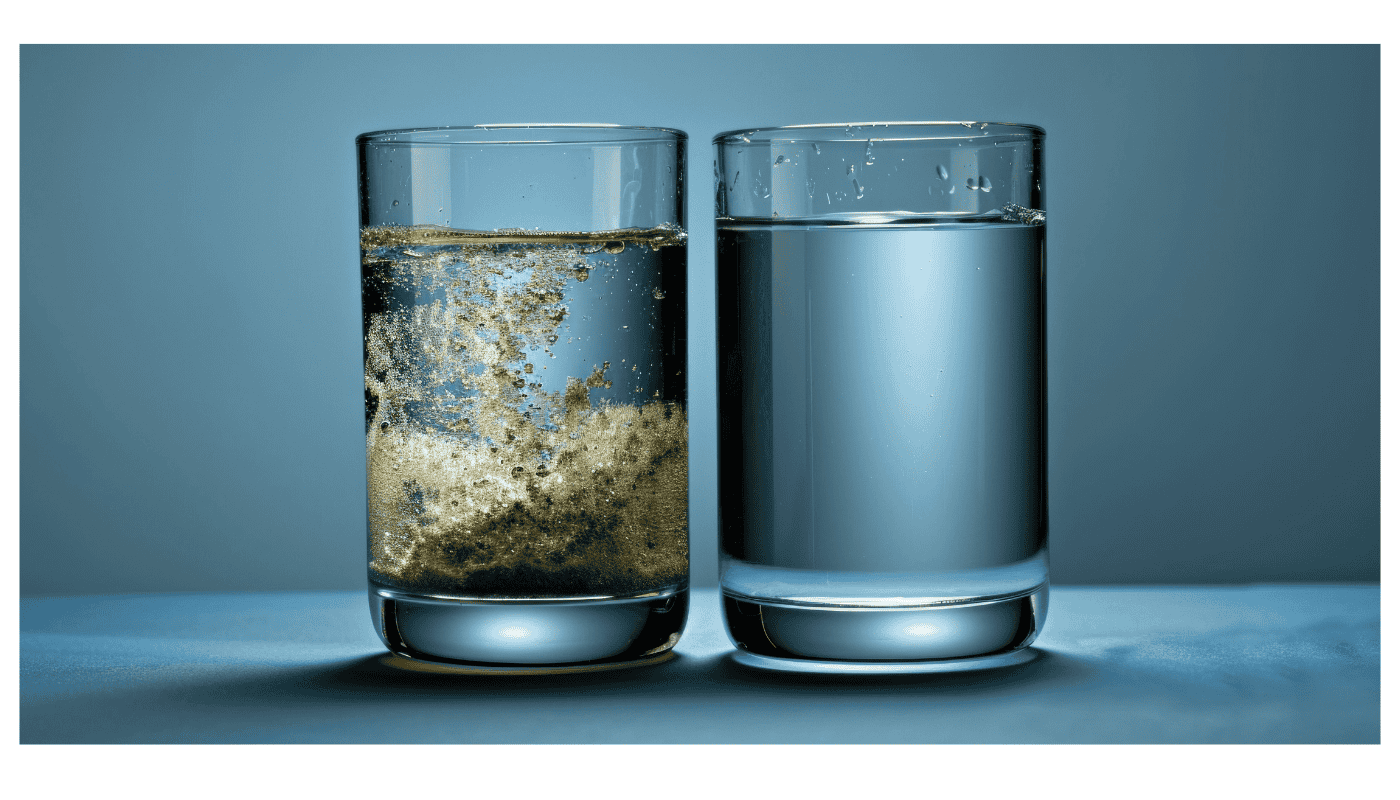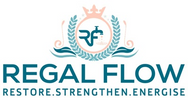
Countertop Water Dispensers: Safe, Clean & Contaminant-Free Water
Ever wonder what’s really in your tap water? Spoiler: it’s not just H₂O. Short answer? Countertop Dispensers filter out contaminants, making your water cleaner, tastier, and safer. From reducing toxins to boosting hydration, the health benefits of using Countertop Dispensers are worth the sip—keep reading to find out why!
Understanding Water Contaminants
The Need for Filtration
Water treatment plants do their best to clean tap water, but they’re not perfect. Contaminants can still sneak in through old pipes, industrial waste, and agricultural runoff. Even the chemicals used to treat water—like chlorine—can have unwanted effects. If you’re drinking unfiltered tap water, you might be consuming substances you’d rather avoid. That’s where filtration steps in to keep your water (and your body) in the clear.
Types of Contaminants Removed by Dispensers
Chemical Contaminants
Chemical pollutants often find their way into water through industrial discharge, farming chemicals, or even the water treatment process itself.
Chlorine, Lead, Pesticides
- Chlorine: Added to water to kill bacteria, but it can leave a strong taste and form harmful by-products.
- Lead: Can leach from old pipes and is particularly dangerous for young children and pregnant women.
- Pesticides: Agricultural runoff can carry chemicals into water sources, potentially affecting long-term health.
Biological Contaminants
Microorganisms in water can cause a range of illnesses, especially in those with weaker immune systems.
Bacteria, Viruses, Cysts
- Bacteria: Harmful strains like E. coli and Salmonella can lead to digestive problems.
- Viruses: Waterborne viruses, including Norovirus and Hepatitis A, can spread illness quickly.
- Cysts: Parasites like Giardia and Cryptosporidium are resistant to chlorine, making them a real risk.
Physical Contaminants
These aren’t invisible pollutants—you can often see them floating in your glass.
Sediment, Turbidity, Particles
- Sediment: Tiny particles of sand, rust, and dirt can cloud water and affect taste.
- Turbidity: High turbidity means murky water, which may also harbour bacteria.
- Particles: Tiny bits of debris from pipes or the environment can make their way into your tap.
Filtration Technologies and Safety
Activated Carbon
One of the most common filtration methods, activated carbon absorbs chlorine, chemicals, and odours. It makes water taste and smell better while reducing harmful compounds.
Reverse Osmosis
This high-tech system forces water through a fine membrane, filtering out heavy metals, bacteria, and dissolved solids. The result? Ultra-pure water.
UV Purification
Ultraviolet light kills bacteria, viruses, and other microorganisms without adding chemicals. It’s a great extra layer of protection against biological contaminants.
Certifications and Standards
NSF/ANSI Standards
Want to be sure your filter does the job? Look for NSF/ANSI-certified systems. These certifications guarantee that a filter effectively removes specific contaminants like lead, chlorine, and bacteria.
Water Quality Testing
Not all tap water is the same. Testing your local water supply helps you understand what’s in it—so you can pick a filtration system that targets the right contaminants.
Comparing Dispenser Water Safety to Other Sources
Tap Water
While treated for safety, tap water isn’t always perfect. Ageing infrastructure, residual chemicals, and unexpected contaminants can all impact its quality.
Bottled Water
Bottled water might seem like a safe option, but it’s not always better than filtered tap water. Plus, it’s costly and creates massive amounts of plastic waste. Some brands are literally just filtered tap water in a bottle!
Addressing Common Concerns
Filter Effectiveness
Worried your filter isn’t working? Regular maintenance is key. If filters aren’t changed as recommended, they can actually start trapping bacteria instead of removing them—yikes!
Maintenance and Replacement
The good news? Countertop dispensers are low maintenance. Most require a simple filter change every few months, making them an easy and reliable option for cleaner water.
Conclusion: Safe, Clean Water from Your Countertop
Investing in a countertop water dispenser is a smart way to ensure safer, better-tasting water at home. It filters out unwanted contaminants, requires minimal upkeep, and saves you money in the long run. No more worrying about what’s lurking in your tap—just fresh, clean hydration at the push of a button. Ready to make the switch? Your health (and your taste buds) will thank you!
👋 Prefer to talk it through? Our water specialists are ready to help — reach out today and get clear, honest advice.
More Countertop Water Dispenser info we think you'll love
How Countertop Water Dispensers Improve Drinking Water Quality
Health Advantages of Filtered Water from Countertop Dispensers
Encouraging Hydration: The Role of Convenient Water Dispensers
Alkaline Water Dispensers: Do They Offer Additional Health Benefits?
Why Choose a Countertop Water Dispenser? Exploring Health and Practical Advantages
The Health and Environmental Benefits of Countertop Water Dispensers


Leave a comment